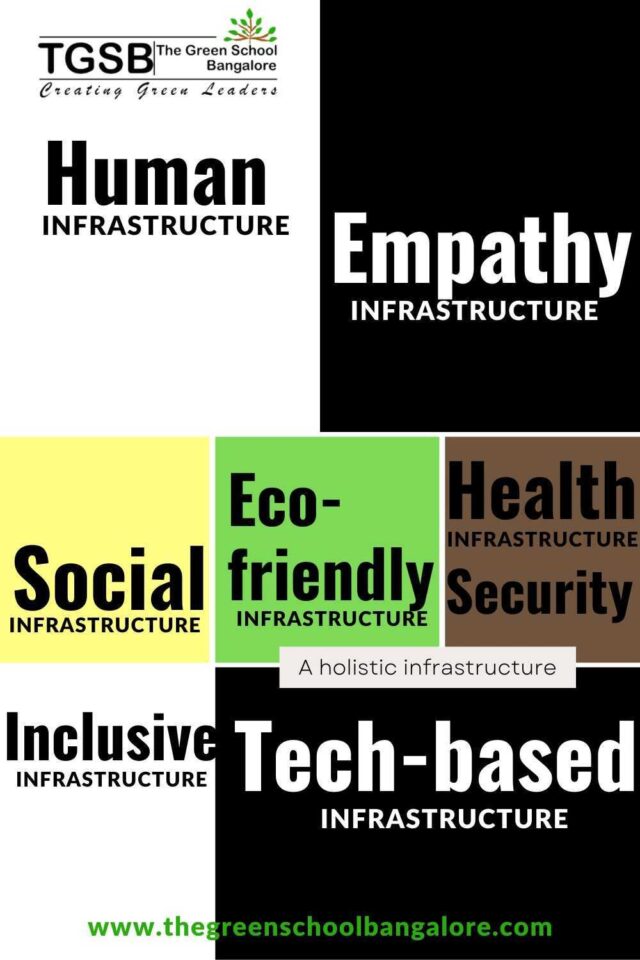Deconstructing your child’s personality-A must-read for the parents
Are you thinking about whitefield school admissions ? Then as a parent this blog is essential step for the admissions procedure
Many-a-times the parents are heard to talk in their peer group- “ My child is shy, does not open up. Very introverted. Does not communicate at all. Talks at home, but not a word in school. I get to hear the same feedback every PTA. In fact, his teacher has asked us to speak to him at home in English.” It is a commonplace concern for every alternate parent.
But why is it a concern? As an educator, I still fail to nail the issue bothering the parent. It is like expecting the violet streak of the ray to resemble and be orange. If that’s not what we expect out of a rainbow, why expect the same shade of colour from every child?
In fact, every child is unique with very specific traits. Starting from the learner profile to the learning needs, objectives, and outcomes are differently mapped for every child. The smartest mentor is the one who helps each learner to independently discover their own selves.

Whitefield School admissions – How do you choose
How Much Ever progressive a school might be, hardly I have seen an exception, except very few, in the thought process of the teachers when it comes to attributing silent kids as impassive to their parents. Herein, I would like to share with you that I have come across three schools till date who think differently. Lemon Road Elementary in the United States, Virginia, The Green School, Bangalore in India, and Washington International School are progressive enough to buck up the trend! I was thrilled to hear them defying the general norm of only speaking and verbal skills as communication.
Communication is equally to deal with the listening and observational skills, like it is to deal with the verbal skills- is what they believe and practice. Furthermore, the most silent child is given the opportunity to lead the group as a proactive stakeholder in listening and jotting down the pointers, while the most observant is the compiler. Each student is given a key role to reinforce their strength and collaboratively work on the scope of improvement.
It is incredible that these are challenging learning ecosystems that treat the children as self-empowered learning agents to advocate for their learning rights and express their pain points. To be specific, I have experienced these three schools to call the learners the most powerful stakeholder and decision-makers. They are given the freedom to initiate student-led inquiries, suggest their most desired learning tools (gaming, simulation, role play, discussion, modelling, etc), set their learning objectives and outcomes. In a nutshell, they are given the democracy of expressing themselves. Eventually, each one is seen to open up. In addition, they are also encouraged to have some breathing time in communicating through multi-languages. Can you really brainstorm and not blindly accept why a child should be forbidden for 8 hours not to use even a word in his or her mother tongue? Empower yourself with such food for thought and ask these questions to teachers who come up with the complaint.
Schools often talk of child-centric education methodology. But how many do really follow in the class? Teachers may love to stay back in the excuse room of time-bound and syllabus bound structure. But trust me, it is all there in the mind. If teachers feel the urge to cater to every child’s desired learning methodology, every day would turn out to be novel, fresh, and more engaging. I wish all the best to the school that are yet to transform their teachers into mentors and my heartiest congratulations to the ones who think way ahead of the trend.

When its time Whitefield school Admissions choose The green School Bangalore

